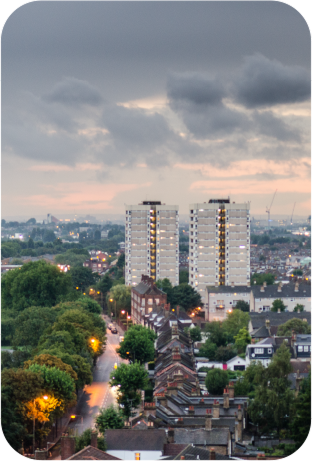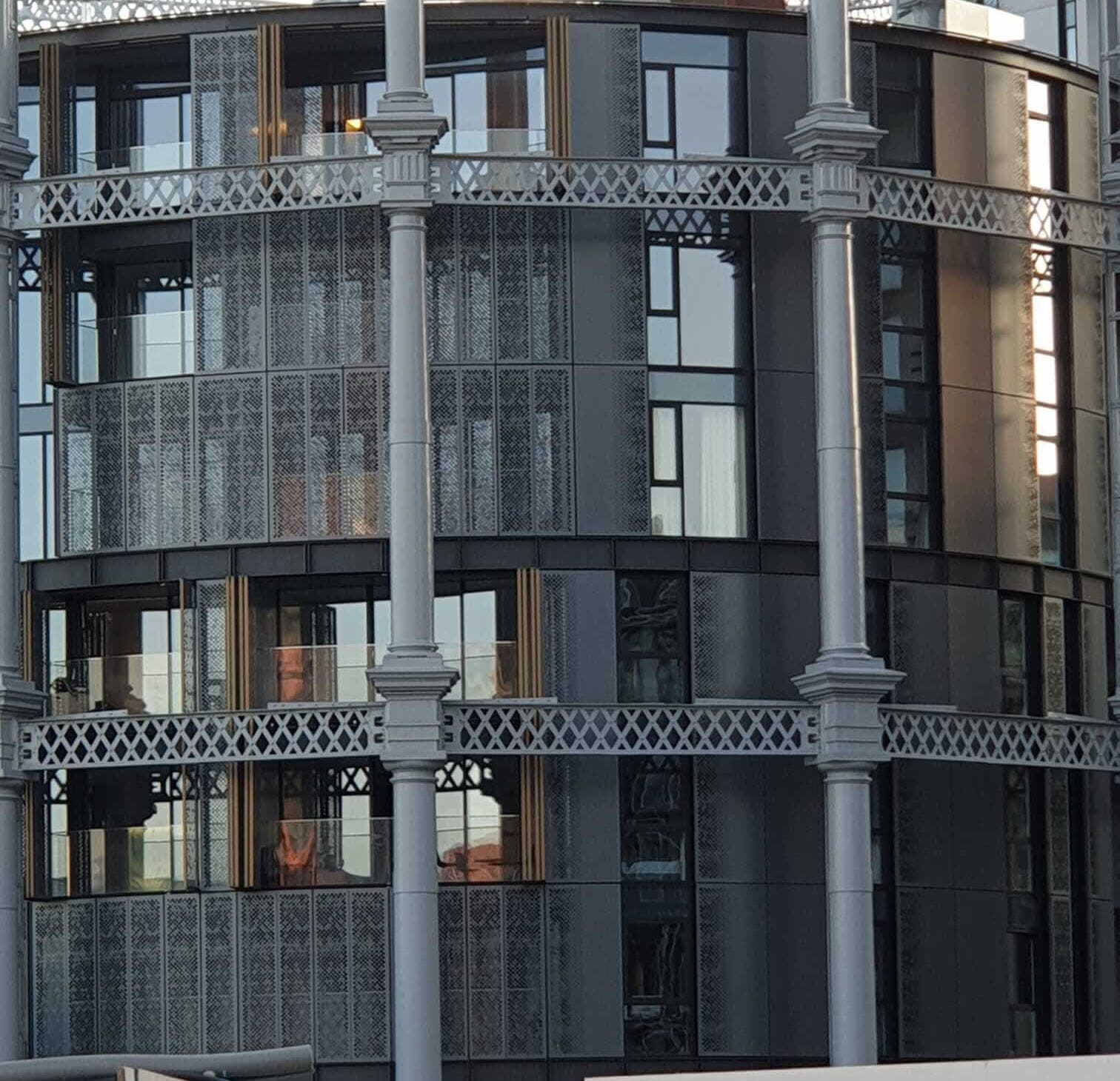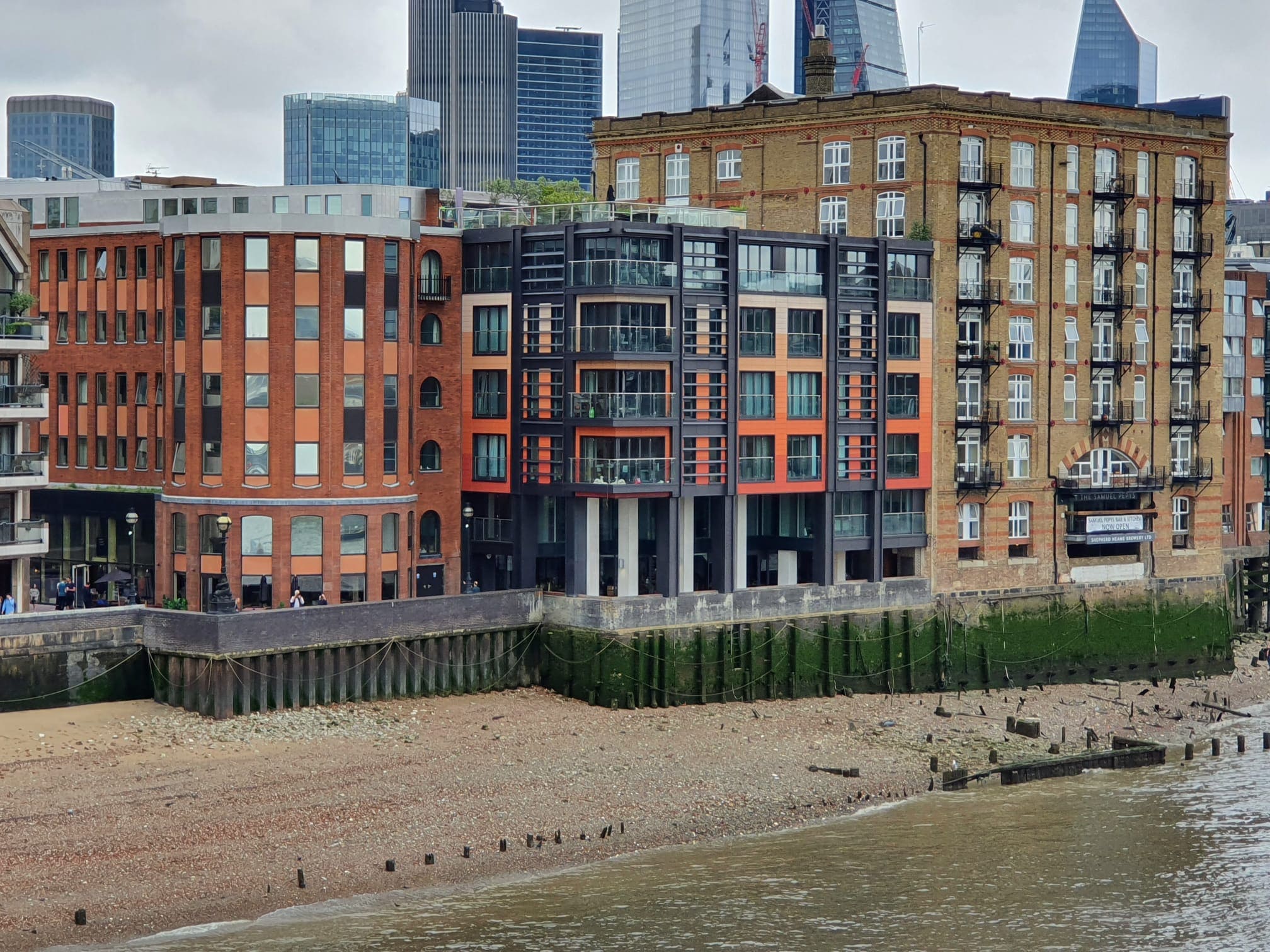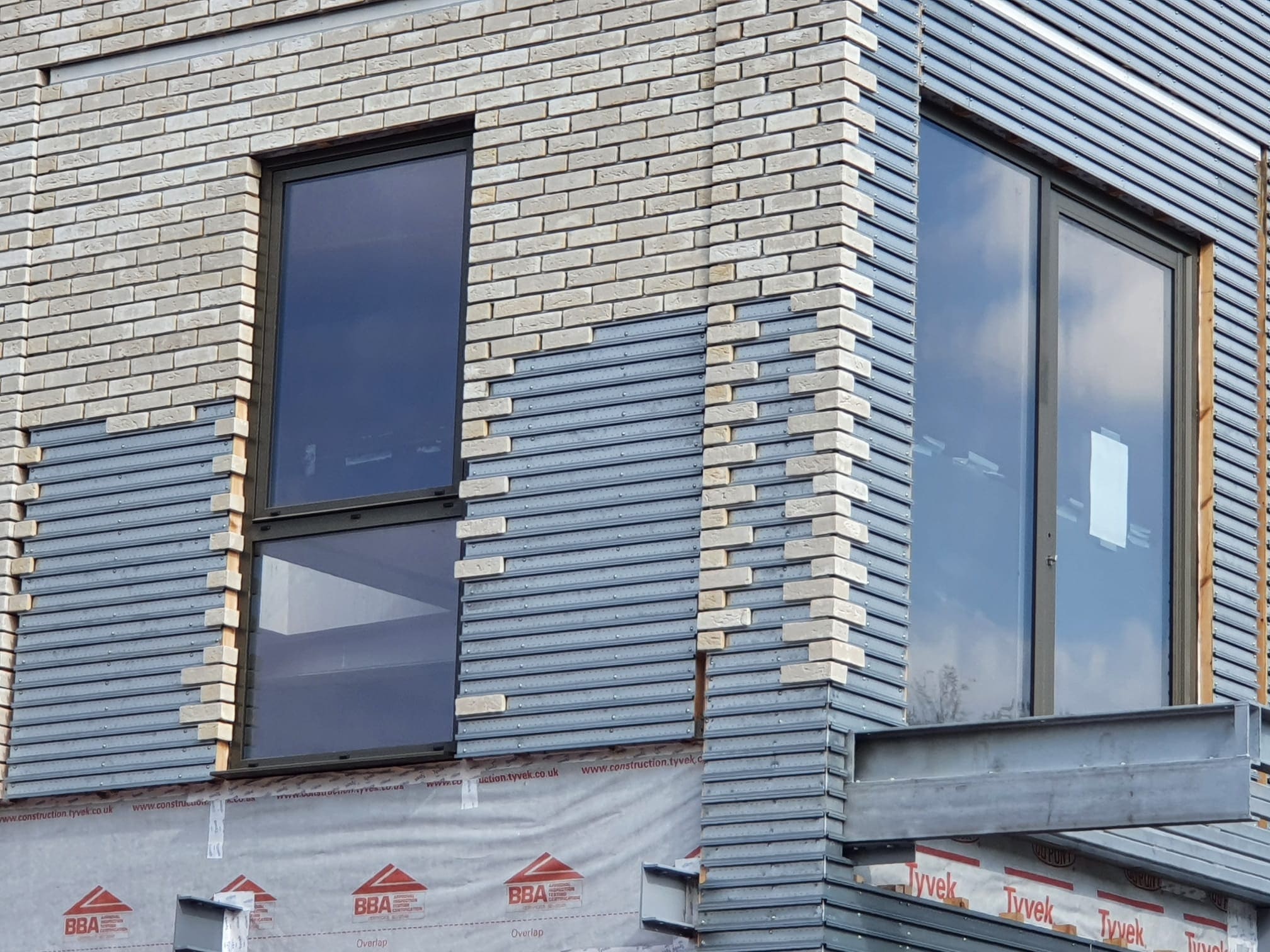27/09/2021
by: Mary-Anne Bowring/Housing Today

Introduction: Residential Conversion and New Opportunities in London Property
The property landscape in London is undergoing significant changes, with new rules allowing for the residential conversion of many commercial properties. With the implementation of "Class E" permitted development rights, up to four out of five high street properties could be transformed into homes, a move aimed at addressing the housing shortage. These changes, which are now in force, open up a wide range of opportunities for residential developers, especially in high streets and town centres across the city.
The New Class E Permitted Development Rights
At the heart of these developments is the introduction of new "Class E" permitted development (PD) rights. These new rules have made it possible to convert a wide variety of commercial properties – from offices, cafes, and gyms to restaurants, nurseries, and light industrial units – into residential spaces without needing planning permission. According to research by the Town and Country Planning Association, as much as 80% of commercial buildings in town centres could be eligible for conversion under these new regulations.
Controversial Aspects of the New Regulations
Despite the opportunities these changes present, the new regulations have sparked some controversy. While developers have largely welcomed the flexibility offered by the new PD rights, many planners and industry experts have voiced concerns about the potential risks. There are worries that the rapid pace of conversions could lead to poorly designed properties, especially when it comes to the integration of fire safety measures in high-rise buildings. This debate has heightened since new fire safety tests for high rises have come into force at the same time as the Class E rules.
Fire Safety Concerns and New Building Regulations
As part of the overhaul, the government has introduced new fire safety regulations requiring the assessment of fire risks at the planning stage for high-rise conversions. Mary-Anne Bowring from Ringley has emphasized that fire safety is now a top priority, noting that developers will be held accountable for compliance from the very start of the process. This reflects a shift in focus toward ensuring that conversions meet rigorous safety standards, addressing the concerns raised by the Grenfell Tower tragedy and other incidents.
How These Changes Impact the Housing Market
The new regulations are expected to make a significant impact on London's housing market. With the ability to convert existing commercial buildings into residential units, developers will have greater flexibility in meeting demand for new housing, especially in urban areas where space is limited. The shift to residential conversions could breathe new life into vacant or underused buildings, creating vibrant communities in areas that were previously dominated by commercial properties.
Conclusion: A Transformative Moment for London Property
Overall, these new rules present a transformative opportunity for London's property market. While the controversial aspects, such as fire safety concerns, must be carefully managed, the potential for increasing the supply of much-needed homes in prime locations cannot be overlooked. As residential developers embrace the changes, it will be crucial to balance innovation with safety to ensure that London's housing needs are met while maintaining high standards of living for residents.
Overall, these new rules present a transformative opportunity for London's property market. While the controversial aspects, such as fire safety concerns, must be carefully managed, the potential for increasing the supply of much-needed homes in prime locations cannot be overlooked. As residential developers embrace the changes, it will be crucial to balance innovation with safety to ensure that London's housing needs are met while maintaining high standards of living for residents.
https://www.housingtoday.co.uk
 2483
2483












Keep up to date
(Weekly, fortnightly or monthly)
To find out more what we do with your data, please read our Privacy Policy

 0
0













